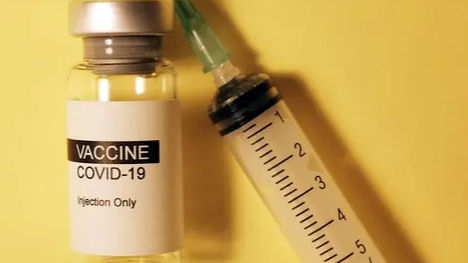The COVID-19 vaccine developed by China’s
Sinovac Biotech CoronaVac is linked with a high risk of Bell’s Palsy, a type of
facial paralysis, a study published in The Lanclet Infectious Disease journal
has found. However, the benefits of the vaccine far outweigh the risks and the
latest findings should not be a deterrent to vaccination, the study said.
“The beneficial and protective effects of
the inactivated COVID-19 vaccine far outweigh the risk of this generally
self-limiting adverse event,” Reuters cited a quoted from the study. 28
clinically confirmed cases of Bell’s Palsy, from nearly 452,000 persons who
received a first dose of the vaccine, were found, the study said.
Also Read | Explained: Chances of long COVID in vaccinated people
Meanwhile, 16 cases were confirmed from
among 537,000 individuals who were administered the Pfizer-BioNtech vaccine.
“Our findings suggest an overall increase
in risk of Bell’s palsy after CoronaVac vaccination,” the study, which was
conducted in Hong Kong and assessed the risk of the adverse event within 42
days of vaccination, said.
It said that the mechanism of Bell’s Palsy in
patients after vaccination is unclear and called for further investigation.
Also Read | New Zealand imposes lockdown after reporting first COVID case in 6 months
“Bell’s Palsy after vaccination is rare,
and most symptoms were mild and got better on their own,” Sinovac official Liu
Peicheng said in a statement.
He added that Sinovac has not detected risk
of Bell’s Palsy in its analysis of data from the Chinese disease control
authorities, the Uppsala Monitoring Centre of the World Health Organisation, it
its unit’s database for adverse events after immunization.
Also Read | India administers 88.13 lakh COVID vaccine doses, highest ever in single day
“According to the current data, the
benefits and protection of CoronaVac far outweigh the possible risks. The
public should be fully vaccinated in time with CoronaVac to prevent COVID-19
infection and block virus transmission,” Liu said.
Bell’s Palsy is the sudden onset of
one-sided facial paralysis. In the majority of cases, the condition resolves
itself within six months without treatment and the chance of recovery is even
higher if patients receive early treatment with corticosteroids, they said.







